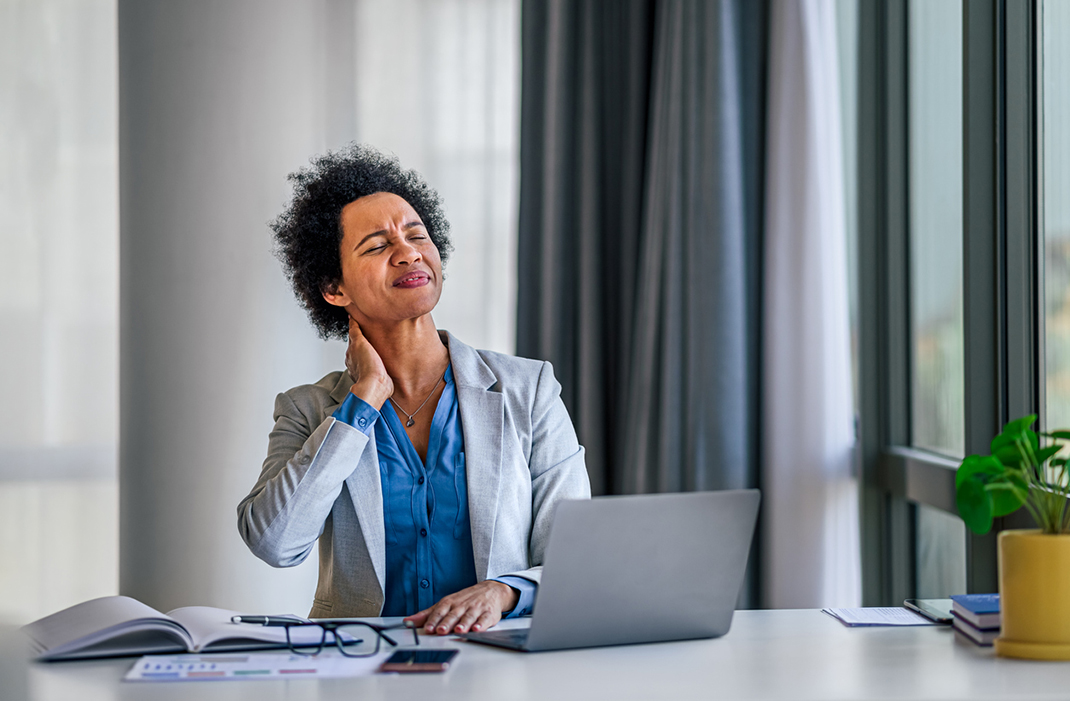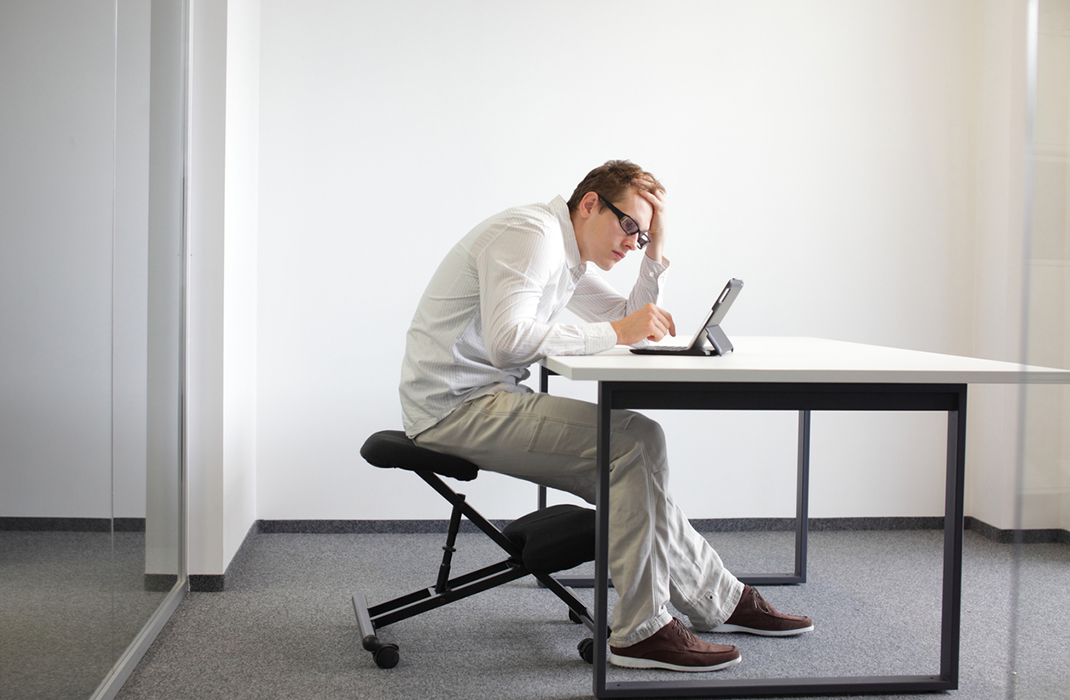-
- Find Care
-
- Visitor Information
- Find a Location
- Shuttles
- Visitor Policies
-
-
- Our Virtual Care Options
- Virtual Urgent Care
- Virtual Visits for Primary & Specialty Care
- Online Second Opinions
- Participate in Research
-
- Contact us
-
- For Innovators
- Commercialization Guide for Innovators
-
-
- Research News
- Alzheimer's Disease
- Artificial Intelligence
-
- Overview
-
- Overview
- Getting Started
- New to Mass General Brigham
- International Patient Services
- What Is Patient Gateway?
- Planning Your Visit
- Find a Doctor (opens link in new tab)
- Appointments
- Patient Resources
- Health & Wellness
- Flu, COVID-19, & RSV
- Billing & Insurance
- Financial Assistance
- Medicare and MassHealth ACOs
- Participate in Research
- Educational Resources
- Visitor Information
- Find a Location
- Shuttles
- Visitor Policies
- Find Care
-
- Overview
- Our Virtual Care Options
- Virtual Urgent Care
- Virtual Visits for Primary & Specialty Care
- Online Second Opinions
-
- Overview
- Participate in Research
-
- Overview
- About Innovation
- About
- Team
- News
- For Industry
- Venture Capital and Investments
- World Medical Innovation Forum (opens link in new tab)
- Featured Licensing Opportunities
- For Innovators
- Commercialization Guide for Innovators
- Contact us
-
- Overview
- Information for Researchers
- Compliance Office
- Research Cores
- Clinical Trials
- Advisory Services
- Featured Research
- Two Centuries of Breakthroughs
- Advances in Motion (opens link in new tab)
- Brigham on a Mission (opens link in new tab)
- Gene and Cell Therapy Institute
- Research News
- Alzheimer's Disease
- Artificial Intelligence
-
- Overview
-
- Overview
- Residency & fellowship programs
- Brigham and Women's Hospital
- Massachusetts General Hospital
- Mass Eye and Ear
- Newton-Wellesley Hospital
- Salem Hospital
- Integrated Mass General Brigham Programs
- Centers of Expertise
- Global & Community Health
- Health Policy & Management
- Healthcare Quality & Patient Safey
- Medical Education
- For trainees
- Prospective trainees
- Incoming trainees
- Current trainees
- Continuing Professional Development
Stiff Neck Remedies

Nobody wants their day ruined by a stiff neck. The sharp, nagging pain from completing simple tasks, like checking a rearview mirror or speaking to a colleague, can frustrate the calmest of people.
While a stiff neck can develop out of the blue, it can be weeks or months in the making, often by someone’s own doing.
“As a society, we look down a lot,” says Deirdre Rodericks, MD, a Mass General Brigham sports medicine specialist. “We look down at our phones and computers. Even though we can bend our necks for an entire day, it doesn't mean we should.”
She explains why the neck stiffens and suggests ways to relieve the pain.
Why does the neck stiffen?
Carrying the head is no easy task. The head weighs approximately 12 pounds, and the neck serves as its balance beam.
Several tendons and muscles hold the head above the body. They stabilize the neck while allowing it to move side-to-side and up-and-down.
Poor posture, however, can make the head feel much heavier. Leaning too far forward leaves muscles behind the neck with more weight to carry. While those muscles can handle added weight for a short amount of time, they can easily strain after a few hours.
Dr. Rodericks compares the strain on the neck to carrying a bowling ball.
“It’s much easier to hold a bowling ball closer to one’s chest than to keep the ball extended in front of you with one arm,” she says. “The arm will strain after a few minutes. You don’t want to keep your head craned forward for that same reason. Those muscles behind the neck are holding on for dear life.”
Stiff neck causes
Muscles and tendons strain when asked to do too much. Overuse and the natural wear-and-tear of aging are a few of the most common causes of a stiff neck.
Arthritis
Located at the top of the spine, the neck consists of several bones, called vertebrae. Fluid-filled discs separate these bones. These discs cushion the vertebrae to lessen the load on the joints (where two bones come together) during head movement. They also allow space for nerves to exit the spinal cord.
As people age, those discs lose their cushion. The fluid in the discs turn stale, like jelly inside a weeks-old donut.
“The neck wants the figurative jelly donuts between the vertebrae to stay smooth and fresh,” says Dr. Rodericks. “When the jelly dries out, those bones have no cushion left. That’s when they start to grind against each other.”
The condition, known as arthritis, makes it difficult to twist the head back and forth. Without enough cushion, the bones can rub together or cause a pinched nerve.
Major life changes
Major life events can lead to poor posture, which strains muscles in the neck. Life events that typically lead to a stiff neck include:
- Starting college or entering the workforce: At the beginning of college, students hold their heads in awkward positions for hours on end. They tend to keep their heads tilted forward to read computer screens and shifted downward when reading textbooks. Students-turned-employees experience similar stiffness during their first job. Those working office jobs can keep their heads locked on a computer screen for up to 8 hours of the day.
- New work environments: At the beginning of the COVID-19 pandemic, Dr. Rodericks noticed an uptick in patients with stiff necks. Sudden changes to work environments helped explain the phenomenon. Many people who sat in offices needed to work from home for the first time in their careers. They often sat in awkward positions to accommodate new work set-ups, often relying only on laptops.
- Birth of a first child: First-time parents tend to hold their child in awkward positions. They might rely too much on their neck and shoulders to support their child’s weight. Caring for a child often requires looking down at them for much of the day, which can further strain those muscle groups.

Poor sleeping positions
Those who sleep facedown tend to experience more neck pain than those who sleep on their back or side. Sleeping facedown forces someone to keep their head turned sideways so they don’t suffocate into their pillow. Locking the head sideways forces neck muscles into a strained position, possibly disrupting high-quality sleep.
Stress and anxiety
People carry stress and anxiety in different parts of their body. Just as someone might grind their teeth, others might hike up their shoulders, tightening the muscles behind their neck. When those muscles stay clenched for several days in the leadup to a deadline or presentation, they begin to strain.
Trauma
A stiff neck can linger for months due to whiplash. This occurs when the head suddenly, and often violently, moves back and forth, straining ligaments inside the neck. Whiplash commonly occurs during car accidents, or from falling and hitting one’s head.
How to fix a stiff neck
The best intervention is prevention. Practicing a strong posture allows a stiff neck to heal. However, correcting posture takes time.
Dr. Rodericks recommends:
Adjusting workstations
Keep computer screens at a height where the head will not need to lean forward. Adjust the height of the keyboard so the shoulders will not need to hike up to type.
Either at home or in the office, Dr. Rodericks recommends using:
- External monitors and keyboards: Laptops restrict a person’s line of vision and shoulders to one height. External monitors and keyboards allow users to adjust the distance between their screen and keyboard to their liking.
- Adjustable chairs: Feet planted flat on the floor keeps weight off the spine. Chairs capable of moving up and down accommodate different heights.
Correcting sleep positions
Keep the spine and neck as straight as possible when sleeping. Laying front-side-up creates a gap between the neck and mattress. While the head rests on a pillow and the back lays flat, the neck sinks downward. Without support, the neck must hoist itself up to stay in line with the spine. Sleeping sideways puts the neck in a similar position.
To correct the gap, Dr. Rodericks suggests:
- Placing pillows in the crook of the neck: Laying front-side-up, place the bottom of the pillow between the shoulder blades. Place the top of the pillow underneath the head.
- Using a curved or travel pillow: Curved support of these pillows prevents the neck from sinking.
- Hugging a body pillow: Hug the long pillow from a sideways position to keep the lower spine straight. Place one leg underneath the pillow and one leg over it.
Stiff neck exercises
Dr. Rodericks suggests three simple exercises for improving posture. Practice holding the positions of each exercise for 30 seconds.
- Low rows: Keep the shoulders low and squeeze each shoulder blade together, as if trying to hold an imaginary pencil between both blades. Do not roll the blades upwards. They should not move toward the ears. Instead, roll them backwards, as if placing them in opposite back pockets.
- Chin tucks: Look straight ahead and push the chin straight back. The neck should fold into a second chin. Push the chin until the ears fall in line with the shoulders.
- Chest stretches: Spread the arms apart and lay back on an exercise ball. Let the arms fall to either side. A pulling sensation at the front of the chest signals a stretch.
How to cure neck pain fast
For those who need immediate relief, patients can try several short-term remedies.
Massages
A masseur or a massage gun can release knots, or muscle tension. Still, Dr. Rodericks warns patients not to rely on them as a sole treatment option for neck stiffness.
“If you’re going to keep sitting in awkward positions, massages aren’t going to do you any good long-term,” she adds. “You need to fix the aggravation and the imbalance in the muscles.”
Chiropractors
A licensed chiropractor can ease sore muscles by performing gentle releases on joints. That said, avoid high-speed adjustments, like sudden cracks, to the neck. High-speed cracks can compress arteries in the neck and, in some cases, trigger a stroke.
At-home remedies
Several over-the-counter medications and consumer goods can treat symptoms from home.
These include:
- Ice or heat: Ice stops inflammation and heat relaxes muscles. Use a barrier between heating pads and ice packs to prevent burns. Apply either remedy for no longer than 15 minutes.
- Topical gels: Menthol-based, or lidocaine-based, creams numb pain. Gel patches work, too. Try wearing patches for no longer than 12 hours at a time.
- Medications: Acetaminophen relieves pain and inflammation. Do not exceed the recommended daily dose found on the label.
- Mindfulness: Reduce stress and anxiety by practicing meditation or yoga. Several smartphone apps offer mindfulness techniques for calming the mind.
When should I see a doctor for a stiff neck?
If a stiff neck refuses to go away after several weeks or months, see a doctor for further evaluation. In rare cases, a stiff neck can signal a much more serious condition.
Meningitis
Meningitis, a life-threatening infection, makes it painful to move the neck. The condition swells the protective lining of the brain and spinal cord. It can permanently disable patients if left untreated.
Seek immediate care for a stiff neck accompanied by:
- Fevers or chills
- Night sweats
- Nausea and vomiting
- Severe headaches
Nerve injury
A stiff neck can also signal a nerve injury. Visit an emergency room if a stiff neck includes sudden:
- Weakness or numbness down the arm
- Shooting pain down the arm
- Loss of balance
- Loss of bladder or bowel control
Prioritizing neck health
Adjusting daily routines can help keep neck health front-of-mind. Dr. Rodericks encourages patients to regularly practice straightening their neck and back throughout the day.
“Sometimes I’ll tell people to set an alarm on their phones for every hour,” says Dr. Roderick. “No matter where they are — work, at home, on the train — it can be a friendly reminder to stand up straight and correct their posture.”
Pausing work to go for a walk, or simply building in a few minutes to stand up and stretch in the morning or afternoon, can give the neck a much-needed break from bending over a desk all day.
And, at the end of the day, those few minutes might just save someone a few weeks’ worth of pain.
